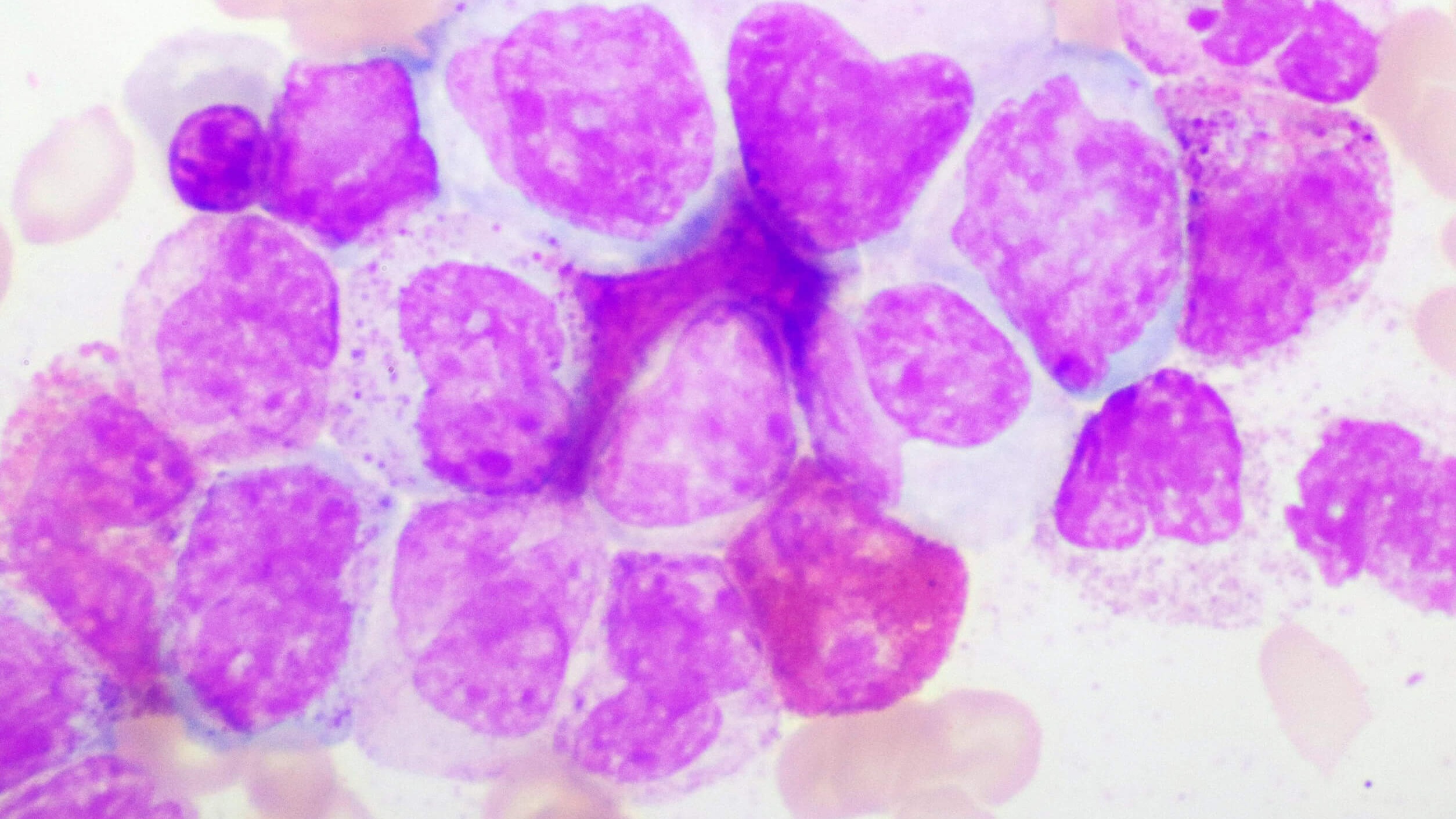
New Findings on Blood-Based Testing in Ovarian Cancer
Recent research has illuminated the limitations of blood-based circulating tumor DNA (ctDNA) testing in patients with low-grade serous ovarian cancer (LGSOC). A study presented at the European Society for Medical Oncology Gynecological Cancers Congress 2025 revealed that these advanced tests are missing a significant number of KRAS mutations—specifically, 56% of patients with detectable mutations in their tumor tissue had results indicating no mutations in their blood samples. This troubling data reinforces the importance of conventional tumor tissue analysis for better treatment strategies.
Understanding LGSOC and Its Challenges
Low-grade serous ovarian cancer is a rare subtype, constituting less than 10% of all epithelial ovarian cancers. It poses unique treatment challenges as LGSOC is primarily driven by alterations in the RAS/MAPK pathway, with approximately 30% of patients exhibiting KRAS mutations. For treating LGSOC, conventional chemotherapy often provides poor response rates, ranging between 0% and 13%. As a result, the FDA had previously granted accelerated approval for a combination therapy targeting KRAS mutations, noting a substantial improvement in response rates for patients with these mutations compared to those with wild-type KRAS.
The Role of Liquid Biopsies
Liquid biopsies represent a promising new frontier in cancer testing, relying on the detection of ctDNA shed from tumor cells into the bloodstream. This approach has generated significant interest due to its less invasive nature compared to traditional biopsies. In the study, while one prior small series had shown some success—mutations detected in blood samples from 46% of KRAS-mutated patients—the RAMP-201 study indicates a stark contrast where only 32% of patients had measurable ctDNA levels. This inconsistency raises crucial questions about the reliability of liquid biopsies in accurately diagnosing LGSOC.
The Controversy and Future Directions
The gap between traditional and modern testing methods necessitates a reevaluation of current practices in detecting KRAS mutations. While previous studies hinted at the potential of ctDNA, the findings from RAMP-201 cement the view that more research is needed to refine these tests. Currently, established tumor tissue analysis remains the gold standard for precise mutation detection, essential for tailoring effective treatments for LGSOC patients.
What This Means for Patients and Healthcare Providers
For patients diagnosed with low-grade serous ovarian cancer, understanding these latest developments is crucial. The findings highlight the ongoing need for healthcare providers to emphasize traditional methods over promising—but currently unreliable—liquid biopsy tests. If patients are to receive the most effective treatment options, accurate detection of KRAS mutations remains essential.
Call for Continued Research
As medical trends sway towards innovation, the focus must remain on enhancing the accuracy of testing methods for rare cancer subtypes. Continued research not only supports breakthroughs in science but also ensures patients are informed and empowered in their treatment journeys. We encourage the community to advocate for more studies into liquid biopsies, with the ultimate goal of improving healthcare through better diagnostic tools.
Conclusion: Staying Informed for Better Health
The landscape of cancer treatment is evolving, and as we learn more from recent studies, it becomes increasingly important to stay informed. For suburban professionals seeking to enhance their well-being, understanding the nuances of healthcare innovations can lead to better health outcomes. Embrace this knowledge to foster a proactive approach towards health management.
 Add Row
Add Row  Add
Add 




 Add Row
Add Row  Add
Add 

Write A Comment